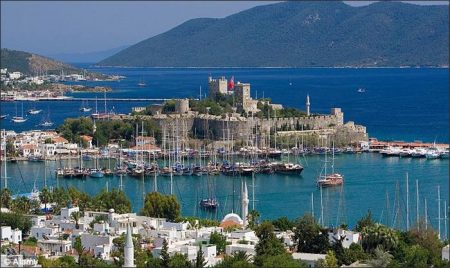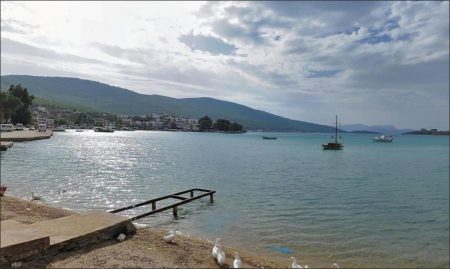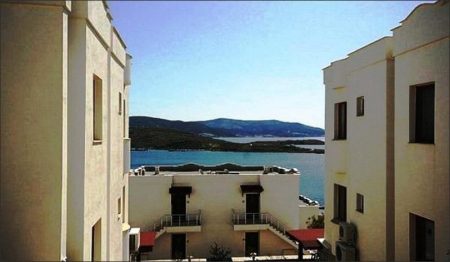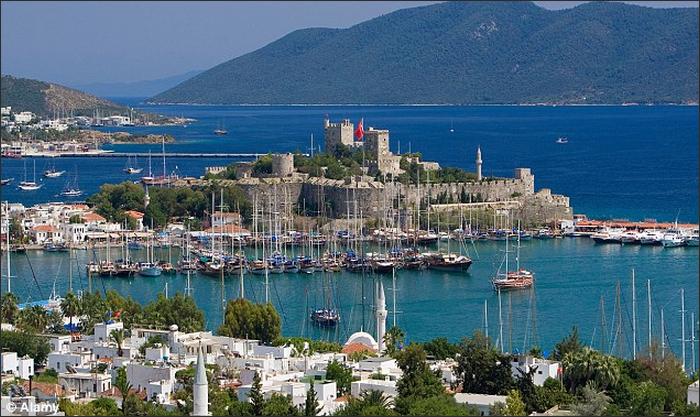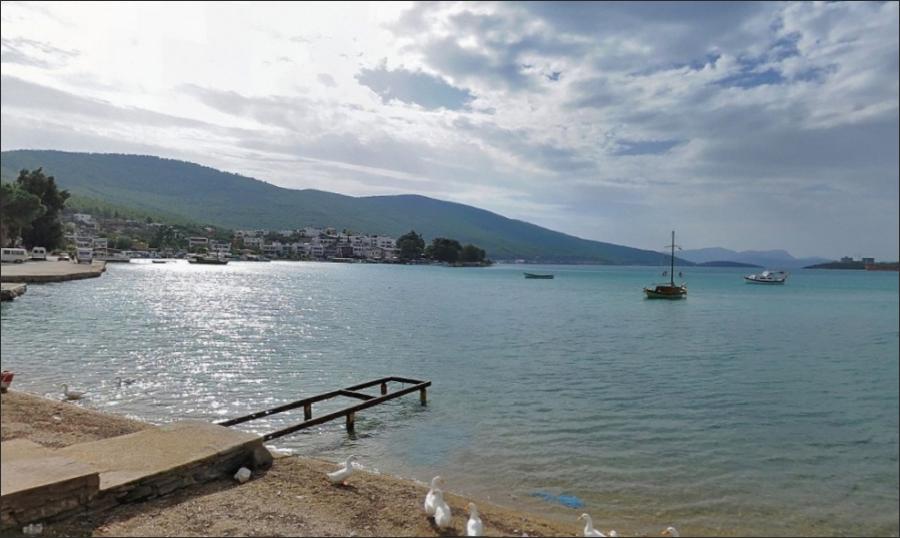Although more than a million tourists flock to its beaches, boutique hotels, trendy restaurants and clubs each summer, Bodrum (ancient Halicarnassus) never seems to lose its cool. More than any other Turkish seaside getaway, it has an enigmatic elegance that pervades it, from the town’s crowning castle and glittering marina to its flower-filled cafes and white-plastered backstreets. Even in the most hectic days of high summer, you can still find little corners of serenity in the town.
Urban planners have sought to preserve Bodrum’s essential Aegean character, which was influenced by the Cretans who moved here during the population exchange of the 1920s. Today, laws restrict buildings’ heights, and the whitewashed houses with bright-blue trim evoke a lost era. The evocative castle and the ancient ruins around town also help keep Bodrum a discerning step above the rest.
Sights in Bodrum
Bodrum Castle
There are splendid views from the battlements of Bodrum’s magnificent castle, built by the Knights Hospitaller in the early 15th century and dedicated to St Peter. Today it houses the Museum of Underwater Archaeology (Sualtı Arkeoloji Müzesi), arguably the most important museum of its type in the world and a veritable lesson in how to bring ancient exhibits to life. Items are creatively displayed and well lit, and information panels, maps, models, drawings, murals, dioramas and videos all help to animate them.
Based on Rhodes, the Knights Hospitaller built the castle during Tamerlane’s Mongol invasion of Anatolia in 1402, which weakened the Ottomans and gave the order an opportunity to establish a foothold here. They used marble and stones from Mausolus’ famed Mausoleum, which had collapsed in an earthquake, and changed the city’s name from Halicarnassus to Petronium, recalling St Peter. By 1437 they had finished building, although they added new defensive features (moats, walls, cisterns etc) right up until 1522, when Süleyman the Magnificent captured Rhodes. The Knights were forced to cede the castle, and the victorious Muslim sultan promptly turned the chapel into a mosque, complete with new minaret. For centuries, the castle was never tested, but French shelling in WWI toppled the minaret (re-erected in 1997).
Spread around the castle, the attractively lit and informative museum has reconstructions and multimedia displays to complement the antiquities, and takes about two hours to see. It gets very busy and claustrophobic in the museum’s small rooms, so try to arrive early. Look to the ground for green/red mosaic arrows indicating a short/long tour route. You’ll see peacocks strolling, strutting and calling to prospective mates throughout the castle grounds.
Mausoleum
One of the Seven Wonders of the Ancient World, the Mausoleum was the greatest achievement of Carian King Mausolus (r 376–353 BC), who moved his capital from Mylasa (today’s Milas) to Halicarnassus. The only ancient elements to survive are the pre-Mausolean stairways and tomb chambers, the narrow entry to Mausolus’ tomb chamber and a huge green stone that blocked it, the Mausolean drainage system, precinct wall bits and some large fluted marble column drums.
Before his death, the king planned his own tomb, to be designed by Pytheos, the architect of Priene’s Temple of Athena. When he died, his wife (and sister), Artemisia, oversaw the completion of the enormous, white-marble colonnaded tomb topped by a 24-step pyramid and a quadriga, a four-horse chariot carrying Mausolus. In the late 15th century the Knights Hospitaller found the Mausoleum in ruins, perhaps destroyed by an earthquake, and between 1494 and 1522, almost all of it was reused as building blocks for the castle or burned for the lime content to strengthen the walls. Luckily, the more impressive ancient friezes were incorporated into the castle walls, while original statues of Mausolus and Artemisia were sent to the British Museum.
The site has relaxing gardens, with excavations to the west and a covered arcade to the east – the latter contains a copy of the famous frieze now in the British Museum. Four original fragments displayed were discovered more recently. Models, drawings and documents indicate the grand dimensions of the original Mausoleum. A scale model of Mausolus’ Halicarnassus is also on display.
Bodrum Maritime Museum
This small but well-formed museum spread over two floors examines Bodrum’s maritime past through finely crafted scale models of boats and an excellent video on traditional ‘Bodrum-type’ boat building. Much is made of Bodrum’s role as a sponge-diving centre and local writer Cevat Şakir Kabaağaçlı – the much-loved ’Fisherman of Halicarnassus’.
Conchologists of whatever hue will be in seventh heaven here. A private collection of some 6000 shells representing one third of all mollusc families is on shimmering display upstairs.
Ottoman Shipyard
The restored Ottoman shipyard stands just above the marina. In 1770 Russia destroyed the entire Ottoman fleet at Çeşme; rebuilding it took place in boatyards such as this one. It was fortified against pirate attacks in the 18th and 19th centuries with a watchtower; today it occasionally hosts art exhibitions. Old tombstones, dating from the period when the Latin alphabet was replacing Arabic-based eski yazı (old-style writing) are kept above. Excellent views.
Myndos Gate
These are the restored remains of the only surviving gate from what were originally 7km-long walls probably built by King Mausolus in the 4th century BC. In front of the twin-towered gate are the remains of a moat in which many of Alexander the Great’s soldiers drowned in 334 BC.
Ancient Theatre
On the main road to Turgutreis, ancient Halicarnassus’ theatre was built in the hillside rock in the 4th century BC to seat 5000 spectators but that capacity was increased to 13,000 for gladiatorial contests in the 3rd century AD. It hosts concerts and other events in summer.
Views: 236
